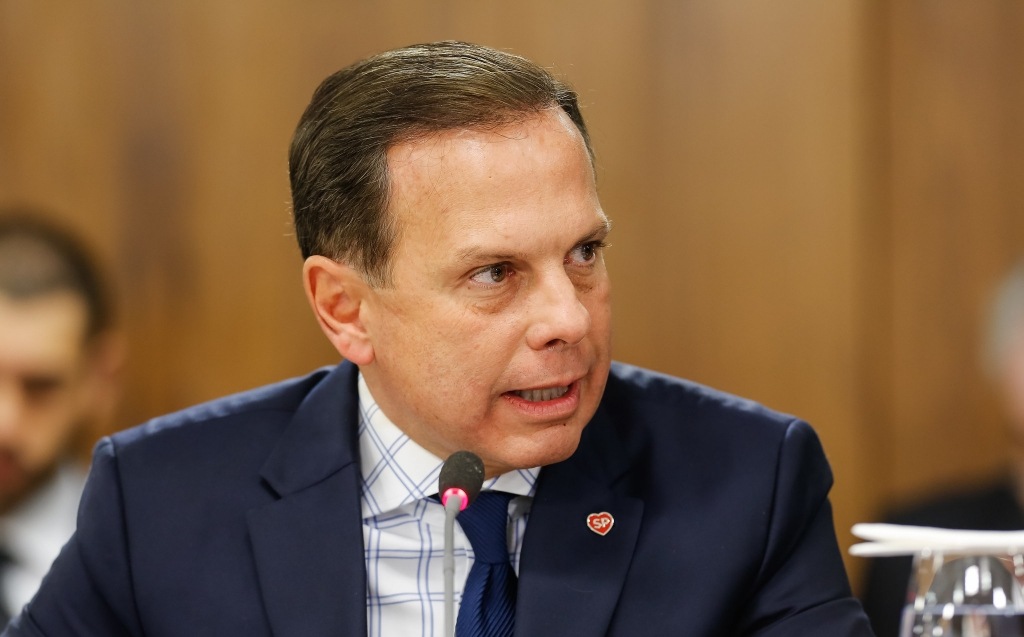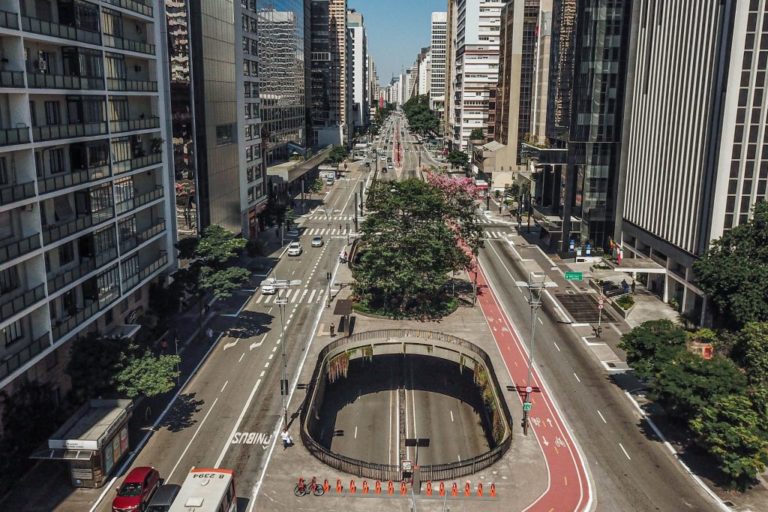RIO DE JANEIRO, BRAZIL – A phased plan to reopen São Paulo’s economy should be announced today by the state government, to be implemented as of May 11th. Until then, explains Governor João Doria, it does not change anything regarding what may or may not operate in the state.

When the quarantine was extended last week, the Covid-19 Crisis Management Committee began to focus on a plan to determine which sectors and which regions of the State of São Paulo could gradually return to operation.
This will depend on the use of hospital beds, particularly ICUs, their relation to the region’s demand, and the degree of urgency and safety to reopen each sector. “Everything will be conducted gradually and in full respect for science,” Doria said, in light of a degree of commotion sparked by headlines that report the gradual reopening of São Paulo’s economy.
The governor’s allies concede that if the number of cases grows sharply in the coming weeks, then this phased opening may be deferred.
The matter, proposed by the government’s economic team, is still being assessed by the medical area, which has already pointed out that it will make changes. Now the plan is to advise the state on how the quarantine will be relaxed, even though the government fears that the mere prospect of reopening may encourage people to leave their homes. It will thus be pointed out that the implementation of these measures will also be dependent on the population’s behavior.
The economic sectors that could return, in some regions, would have to comply with health safety rules whose efficiency is still being examined by members of the Coronavirus Contingency Center, a committee that includes 15 health officials. The proposal is intended to appease mayors, legislators, and entrepreneurs who have been pressuring the government to restart economic activities.
Doria had already been under pressure from allies in this regard, and last Friday vetoed a proposal that would maintain quarantine, which would expire on April 22nd, only in the five metropolitan regions of the state’ cities. The veto surprised Democrat politicians, the party of the vice-governor, Rodrigo Garcia, who considered this opening as certain.
This pressure caused José Henrique Germann, the Secretary of Health and Marcos Vinholi, the Secretary of Regional Development, to meet on Friday with some 200 mayors from the interior to plead for patience. They needed to explain that the virus could still reach the cities where there is no record of cases, using projections made by the State University of São Paulo (Unesp), which showed the countryside three weeks behind Greater São Paulo in the progress of the outbreak.
“In the beginning, the mayors were even more rigid, putting up sanitary blocks. We had to engage in a lot of dialogue,” says Vinholi, from PSDB (Brazilian Social Democracy Party), Doria’s party. Now, he claims to get calls from “a hundred mayors a day” with questions regarding isolation. “The announcement of these measures will have a positive impact,” the secretary says. By yesterday, the data pointed to a 59 percent rate of social isolation, when the ideal, according to the state, would be 70 percent.

Balance
The São Paulo state government reported 1,037 deaths from the novel coronavirus in a report published on Monday,April 20th. There were 22 more cases than reported on Sunday. The total of positive tests for the disease reached 14,580. On Monday, there were 6,032 people admitted to wards and Intensive Care Units (ICUs) with symptoms of the disease, among confirmed and suspected cases.
According to the government, over the past 20 days, the total number of infections has increased fivefold. On April 1st, São Paulo recorded 2,891 confirmed cases for the disease, compared to the current nearly 14,600. The number of deaths has increased six times in the same period. On the first day of this month, there were 164 confirmed deaths. “Among the victims are 614 men and 423 women. The deaths continue to be centered on 60-year-old patients or older, totaling 78.2 percent of deaths,” the Health Secretariat said in a statement.
According to the data, 272 victims were aged between 70 and 79, and 231 were between 60 and 69. “Outside this group of elderly people, there is also high mortality rates among people aged 50 to 59 (120 of the total),” the official note says.
Other States
The governor of Goiás, Democrat Ronaldo Caiado, announced that he will uphold social isolation measures, with the state of emergency. However, he has relaxed some of the restrictive measures that were being adopted.
“I have always advocated two principles: life and democracy. I’m not going to play Russian roulette with the workers to please anyone. Life is priceless. Only with as few victims of coronavirus as possible and attending to the sick, will we recover the economy”.
The government of Santa Catarina announced on Monday the freeing of services and masses, as well as the opening of shopping malls, parks, beaches and gyms. School classes are still suspended.
On Monday, President Jair Bolsonaro said he hopes to reach the end of quarantine this week. The President again mentioned the social isolation measures implemented by governors and mayors as “excessive” in some states and that “they have not reached their goal”.
Message written in the streets
“The city is not empty, it’s filled with love for one another.” The message covers a stretch of tarmac outside the Consolação Cemetery and at least 15 other points in São Paulo, as part of an intervention devised by graphic producer Victor Hugo Ghiraldini and six other friends.
The initiative also uses the sentences “Each empty street is a crowd against the virus” and “For the good of all and the overall happiness of the nation” along with the hashtag #FiqueEmCasa (#StayHome) to “connect with people”.
Source: O Estado de S. Paulo

